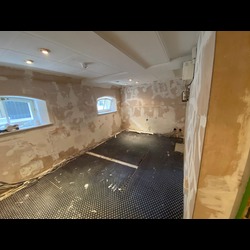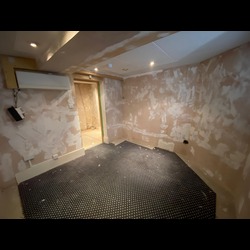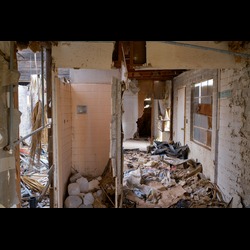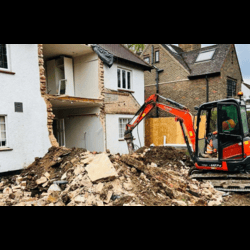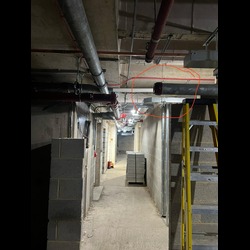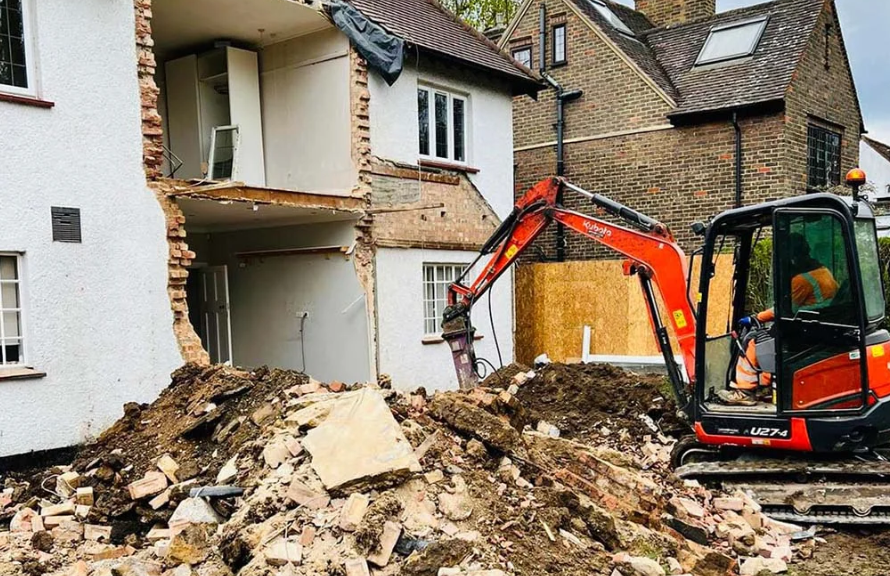Delivering a Complete Range of Demolition and Dismantling Services
In collaboration with our partner company, Demolition Contractors London, we strive to have a low environmental footprint by using our waste and recycling methods. For our current and future clients, we provide builders, consultants, authorities, and contractors with extensive knowledge, guidance, and competitive pricing for their projects.
Our demolition services in London cover everything from high-rise apartments and offices to retail spaces and industrial factories. If you need a skilled team of demolition contractors in London, Strip Out Company is ready to assist you. With our top-notch equipment and specialized team, we can safely and affordably take down any structure. We support you whether you require demolition for commercial or residential properties in London and nearby areas.
We have handled the demolition of all types of buildings throughout the years. Whether you need to deconstruct an office, demolish a house or flat, or do any other work, we can help. Our professional team with over twenty years of experience can safely bring down any building, regardless of size. Contact our London demolition experts today for more details on our diverse range of domestic and commercial demolition services!
Demolition Services
Based in London, we are capable of handling projects of various sizes and complexities, such as: - Structural demolition - High reach demolition - Soft strip demolition - Façade retention - Industrial dismantling - Asbestos removal - Concrete crushing - Excavation services.
